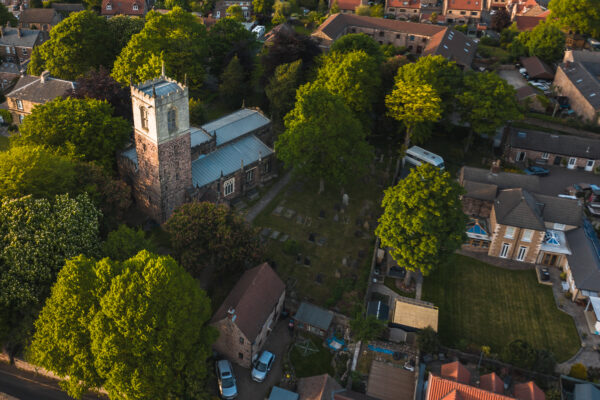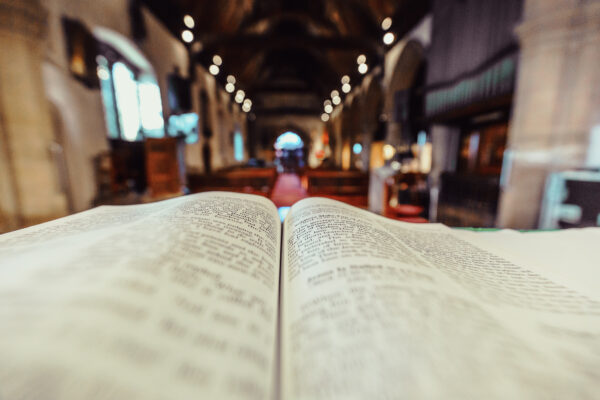Sunday 20 August
Year A: 11th Sunday after Trinity (Proper 15)
Liturgical colour: Green
Readings
- Genesis 45:1-15
- Psalm 133:1-3
- Romans 11:1-2a, 29-32
- Matthew 15: 21-28
Background
Another miracle story this week. This time a little more complex and controversial. Jesus responds to the request of a Canaanite women (Matt 15: 21-28), and heals her daughter who is tormented by a demon.
Exorcism is understood as the binding and expelling of demons, supernatural spirits, which were thought to be the cause of physical and mental illness.
The oldest recorded exorcism story in the bible is 1 Sam 16.14-23; here David used music to relieve Saul’s suffering. (It didn’t always work.) Jesus, on the other hand simply commanded the demons to leave the person alone. This is quite distinctive as the expelling of evil spiritual beings, fairly commonplace at the time, usually involved magical words, invoking various deities and sometimes magical objects. Jesus simply spoke and demons recognised his authority.
Exorcisms are more common in Mark and Luke. Matthew tends to play them down, probably because he was opposed to the false prophets who practised them. John on the other hand emphasises the cross as the source of defeat for all evil. Following Jesus, the apostles commanded in his name and later the sign of the cross was also used.
There is no doubt that the bible tells us Jesus performed many exorcisms during his ministry. However, the whole subject is so open to misunderstanding and abuse, that we tend to leave it well alone. Although a pre-baptismal rite made a brief appearance in the first Book of Common Prayer in 1549, there has been no published liturgy for exorcism in the Church of England since 1552. Indeed today, performing the rite of deliverance (as it is now known) is expressly forbidden unless approved by the bishop and a specialist team including safeguarding and specialist doctors.
Our understanding of physical, psychological and spiritual well-being has advanced a great deal since the first century, and so too has our Christian response. Healing, reconciliation and restoration are still part of that response but, now form part of our ministry of Wholeness and Healing.
Reflection
Before I was ordained I spent a couple of years as a Lay Chaplain in the NHS; first as a Hospital Chaplain and then as a Mental Health Chaplain. It was a huge privilege, and a steep learning curve! One of the things that was very challenging indeed was listening to the stories of people who had been damaged by churches (no doubt well-intentioned) attempting to heal them. This sometimes involved spiritual and even physical abuse. When it didn’t ‘work’ explanations were sought as to why. One person had been told that if their faith was stronger they would not still be ill. Another had been told that God had rejected them. I did my best to help them see things from a different faith perspective! It is a large part of why I became so interested in the psychology of religion, how we represent our understanding of faith to ourselves and others, and how to intervene when that is harmful.
So What?
Our faith has such great potential for good, including promoting personal and social well-being that it would be a real shame if misguided and abusive practices put us off being more confident about wholeness and healing. Fortunately, however, we have some excellent people and resources to help us in the Diocese of Sheffield.
A first step towards healing and wholeness in your own context might be to establish a regular time in your church, or somewhere else, where people can come and be in a safe quiet space, to think and pray, and talk to someone if they would like. It is sometimes difficult to start things but again, help is at hand.
If you are interested in exploring this a little more, you might want to attend the Renew Wellbeing Training on the morning of 23rd September, Rotherham Minster.



